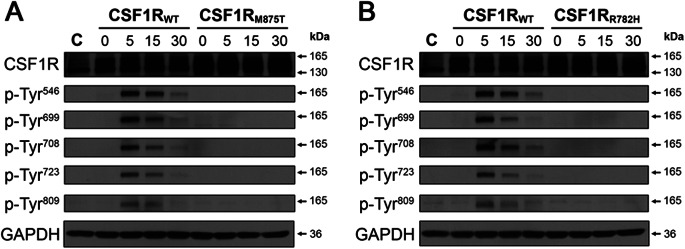Figure 3. Functional effects of CSFR1 mutations in cell culture.

CSF-1 treatment leads to autophosphorylation of wild-type but not mutant CSF1R. HeLa cells were transfected with either a tGFP control plasmid, or a plasmid containing wild-type (CSF1RWT), the previously characterized mutant (CSF1RM875T) (A), or uncharacterized mutant (CSF1RR782H) (B) CSF1R. Cells were treated with CSF-1 for 5, 15, or 30 minutes. Each blot was probed with antibodies against total CSF1R and with antibodies that detect CSF1R autophosphorylation at several tyrosine residues (p-Tyr). Note that CSF-1 treatment only causes CSF1R autophosphorylation in cells expressing CSF1RWT. GAPDH (glyceraldehyde 3-phosphate dehydrogenase) was used as a loading control.
